Related Content
Content
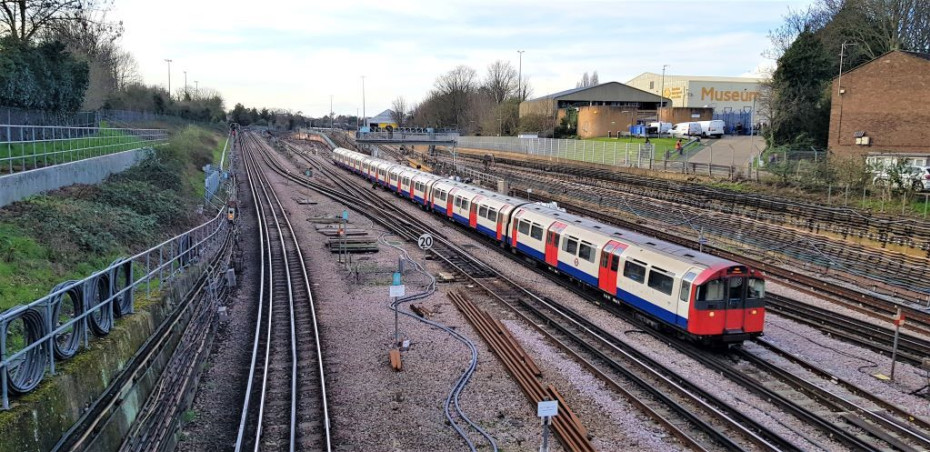
Unique and Secret Destinations on the London Underground
Nine of London's lesser known wonderful locations and how to travel to them on an Underground train
Share
For most tourists, a trip to London becomes a whistle-stop event. Ticking off major attractions is the way to go and one that gives you an insight into the city, albeit a well-viewed one.
But London's true beauty lies when you scratch the surface and dig deeper.
Below, we detail nine unique destinations on the London Underground.
Spend time in 'Venice'
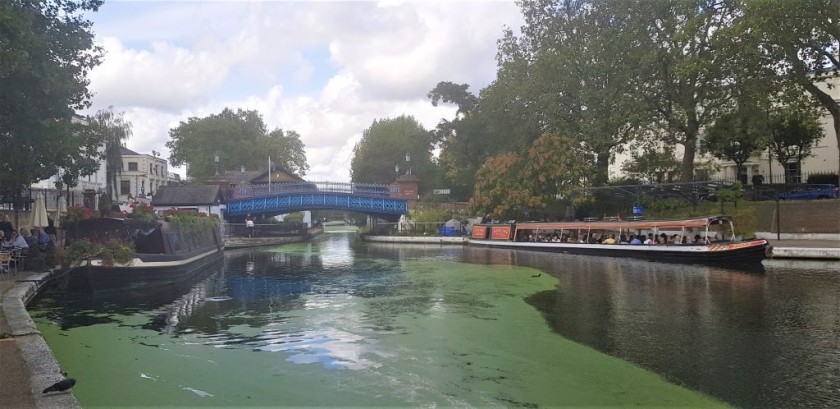
Did you know that London has its own Venice and Amsterdam-style canal area? Known as Little Venice, it is not even that far from the main attractions though many tourists seem to miss it.
There are opportunities to take a ride on a canal boat between Little Venice and Camden Market, the pier in Little Venice is within a 10 minute walk of Warwick Avenue station on the Bakerloo Line.
Locked away buses and trains
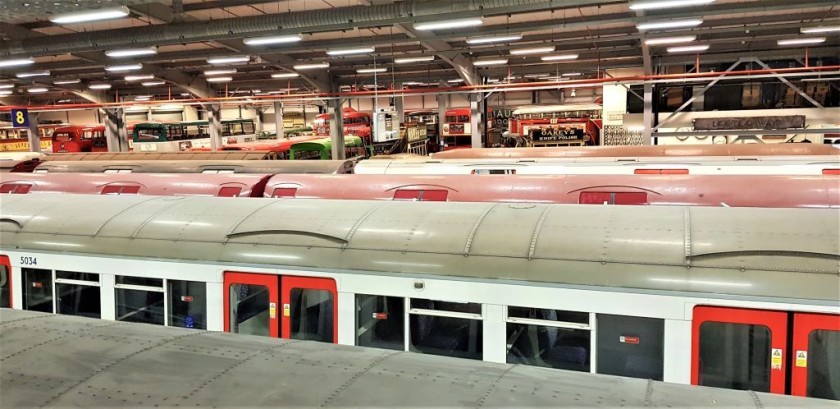
The London Transport Museum has a fabulous location in Covent Garden, but old buses, trains and trains take up a lot of space.
Which is why many of its iconic examples of the vehicles, which once enabled the capital city to be easily explored, spend most of their time shut away in a train depot, close by Acton Town station.
However, on just three precious weekends per year the doors are opened and those with an interest in transport design and history flood in.
The depot houses more former station signs, maps and pieces of station architecture than can be seen in the main Covent Garden museum, and art lovers should sign up for the guided tours of the poster store room.
A Grand Venue For A Classic Game
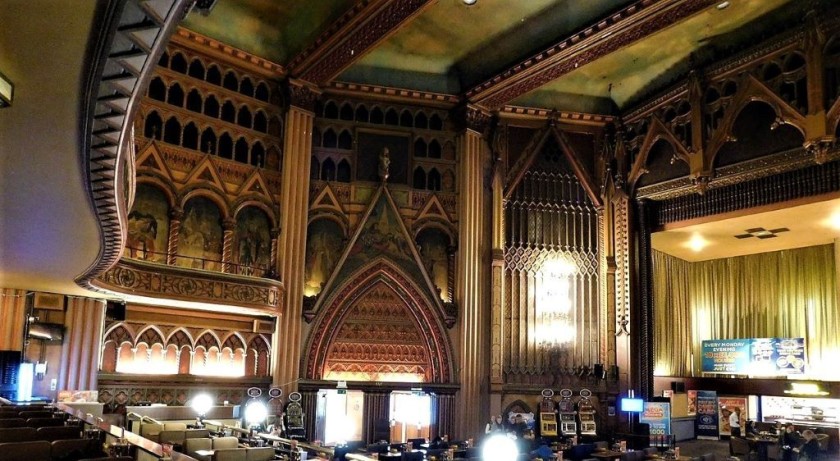
For a real hidden architectural gem, head to Tooting Broadway on the Northern Line. The area is very busy, filled with lots of residential properties. Just a short walk from the station and you can find Tooting Market, also worth a look.
Yet it is its magnificent bingo hall that is worth your time and effort.
Mayor of London Sadiq Khan has described this as his favourite building in London. It opened as the Granada Theatre in 1931, before turning into a music hall that hosted the likes of Frank Sinatra and The Beatles.
While the outside looks like a typical art deco building of the era, inside it is a homage to a Russian Orthodox church.
The designer, Theodore Komisarjevsky, wanted it to be akin to a religious experience when you walked around. It is adorned with wood carvings and painted with detailed frescoes.
The building was almost demolished in 1971 so the council applied for listed building status. Now it has a new lease on life as a bingo hall. The pastime is booming, thanks to the growth of online gaming.
Convenience and innovations like a real money bingo app which allows people to access information about local games, events and venues have made players want to experience the social aspect of bingo.
As a result, the hall and others like it are filled once again, making Tooting a place worth experiencing.
Image taken by Paul The Archivist and downloaded from Wikicommons.
Tales From The River Bank
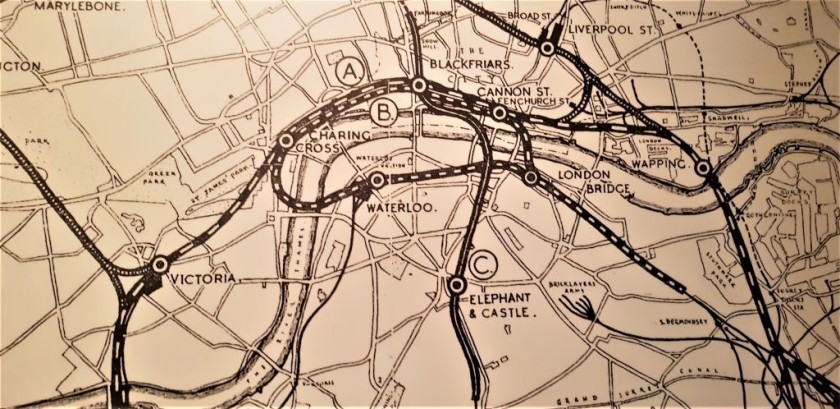
The majority of London’s museums have free entry, hence the iconic museums by South Kensington station - the Natural History, the Science and the V&A, attract more than a million visitors per year.
However, those with an interest in history, transport and society will be able to spend more than a couple of hours exploring The Museum of London Docklands.
State of the art video and audio installations, interactive exhibits and recreations of street scenes and shops of the past, bring the fascinating history of London as a port city to life.
A 10 min walk from Canary Wharf station on the Jubilee line and a 2 min walk from West India Quay station on the DLR, a converted sugar warehouse built more than 200 years ago, now, houses nine permanent galleries full of fascinating things to see and do.
Walk an abandoned Underground line
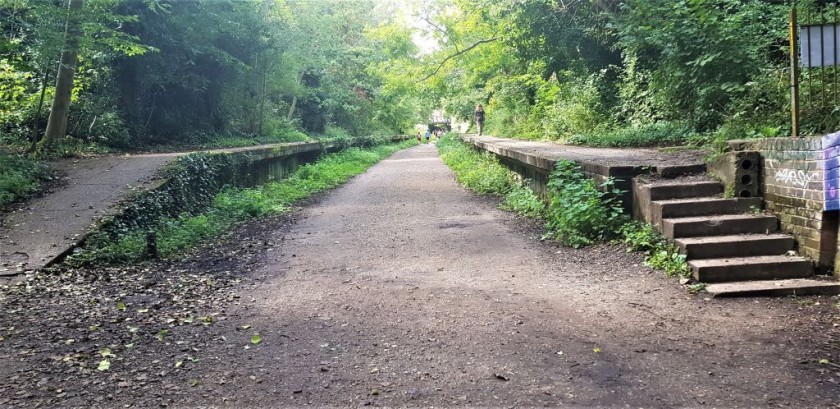
Those with a fear of the dark or enclosed spaces have nothing to be afraid as the walk isn’t through a tunnel.
Many of the railways used by London’s ‘Tube lines’ are actually above ground, thanks to routes outside of the city centre being converted from usage by conventional trains.
One such planned conversion scheme was for the Northern Line of the Underground to take over a railway between Finsbury Park and Highgate in north-east London.
The route was closed and then work was started to fit it out with London Underground stations and tracks, but World War II caused the project to be abandoned.
Local volunteers then realised the potential to create a walking and cycle path, named the Parkland Walk along where the track was to have been laid.
It’s aptly named, because at its south end is Finsbury Park and just beyond its north end are the green spaces of Highgate Woods – hence the easy access from Finsbury Park and Highgate stations.
But for many, what makes the walk extra special is that it’s obvious a railway once came this way, the bridges that the Underground trains would have passed over give great views over London and the abandoned station platforms are still in situ.
So it’s a great location for kids who like to play at being trains!
The Theatre Under A Railway

Waterloo Vaults are hidden behind the station on Leake Street. Once you descend the Leake Street tunnel, you will be pleasantly surprised at the treasures within. The tunnel is a haven for street artists who change their work regularly.
Inside, you will find the entrance to The Vaults. This space is now used for concerts and events, so you can time it with a gig or just have a look around yourself. When you pop out, visit the nearby pub Vaulty Towers for refreshments.
Image taken by Jwslubbock and downloaded from Wikicommons.
Spend time in ‘Japan’
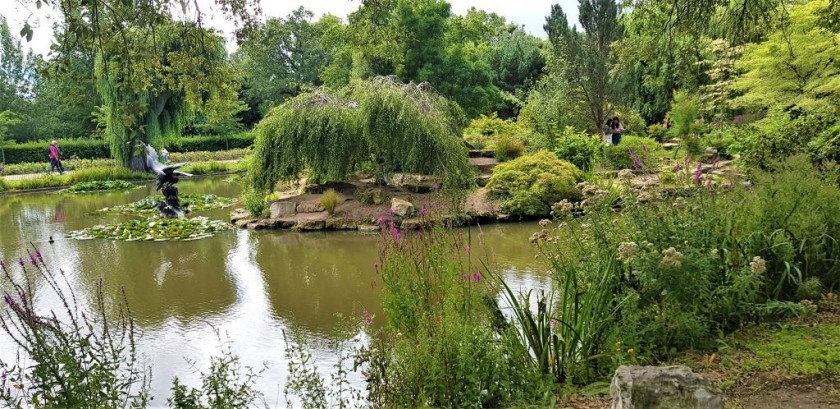
Each of the four Royal Parks in central London is famed for at least one thing, Hyde Park is home to London’s largest artificial lake - The Serpentine, St James’s Park is a great spot to watch the soldiers parade by, Green Park is home to a Coronation Meadow and Regents Park, is the place to go and smell the roses, thanks to the thousands of bushes in the Queen Mary Rose Garden.
Though there are other beautiful formal gardens in Regents Park, which are within a 10 min walk of both the station named after the park, and London’s oldest Underground station at Baker Street.
You can cross a charming wooden bridge and step on to Japanese island, from where you can see the statue of an eagle and admire a waterfall cascading under another bridge.
It’s a beautifully tranquil spot in which to relax away from the city’s hustle and bustle
Step back more than 400 years

The National Trust is dedicated to preserving England’s heritage as it was lived at the time, hence it is most famed for its ownership of huge stately homes and parks set in the countryside.
But is possible to ride the Underground to experience how life would have been lived in a grand home in the 17th century.
Ham House was initially completed in 1610 and it can be found by the River Thames in Richmond.
So the journey to it involves a stroll along The Thames Path, which is around a 20 min walk from Richmond station on the District Line
The Industrial Past Made Shiny and New
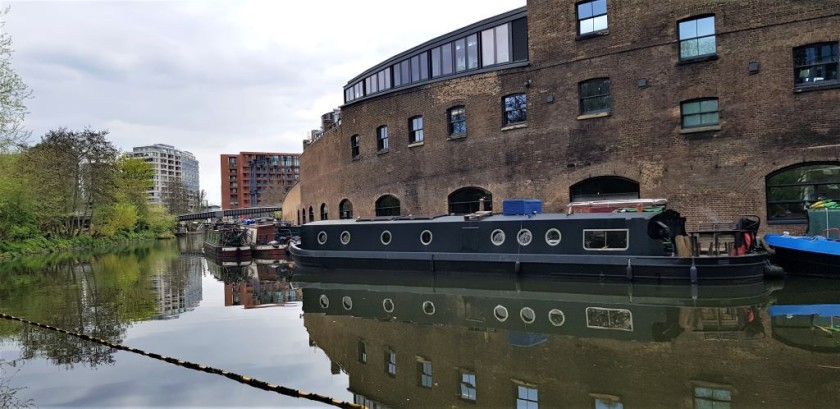
Much of London’s railway history has no connection to the movement of people within and to/from the city.
London’s huge population created a need for goods to be consumed in people’s homes and raw materials for the factories in which many of them worked.
Hence enormous warehouses, as large as the city’s iconic stations had to be constructed, so that in the days before vans and lorries, heavyweight items could be transferred between trains and canal boats, or horse drawn carts.
The pace of change in the 20th century led to all of these grime covered Victorian buildings being abandoned, but a new twist in London’s railway history has led to a remarkable renaissance, within a 5 min walk of King’s Cross, St Pancras station.
The opening of the Eurostar terminal has transformed the area around St Pancras International.
The land across the street from the station, once occupied by a huge goods warehouse, is now the location of The British Library.
But the warehouses just to the north of the station escaped demolition and are now home to Central St Martins art and fashion college and the Queer Britain museum and gallery.
Just across Granary Square is Coal Drops Yard, literally once a building where coal was tipped out of wagons into boats on the adjacent Regents Canal.
Now it’s a rather fabulous shopping and dining destination, where on many weekends, free events and concerts are staged.

Simon Harper
I wanted to share my passion for train travel and explain how anyone can take the fantastic journeys I have taken.

This is one of more than 100 train travel guides available on ShowMeTheJourney, which will make it easier to take the train journeys you want or need to make. As always, all images were captured on trips taken by ShowMeTheJourney.
This second version of ShowMeTheJourney is exciting and new, so we are genuinely thrilled that you are here and reading this, but we also need your help.
We’re striving not to let anything get in the way of providing the most useful service possible, hence a facility has been set up with DonorBox which can be used to support the running costs and make improvements.
Instead of advertising or paywalls, your financial support will make a positive difference to delivering an enhanced service, as there’s a lot of ideas which we want to make happen.
So if you have found the info provided here to be useful, please consider saying thank you.



